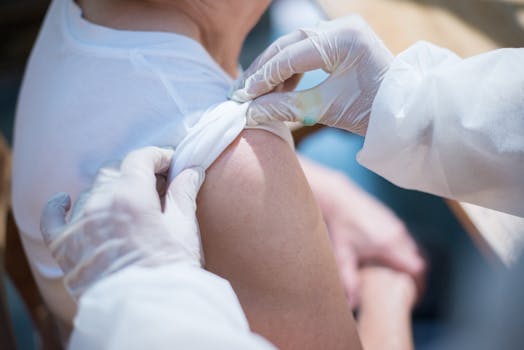
Introduction to Vaccines and Public Health

The science behind vaccines is a vital component of public health, acting as a cornerstone in the prevention of infectious diseases. Vaccines train the immune system to recognize and combat pathogens, thereby reducing disease incidence and promoting community health.
How Vaccines Work

Vaccines function by introducing a harmless component of a pathogen, such as a protein or an inactivated virus, into the body. This process stimulates the immune system to produce antibodies. Upon subsequent exposure to the actual pathogen, the immune system is prepared to respond swiftly and effectively.
Types of Vaccines

There are several types of vaccines, including:
- Live-attenuated vaccines: Contain weakened forms of the pathogen.
- Inactivated vaccines: Contain killed pathogens.
- Subunit, recombinant, or conjugate vaccines: Include only parts of the pathogen.
- mRNA vaccines: Use messenger RNA to instruct cells to produce a protein that triggers an immune response.
Impact of Vaccines on Public Health

Vaccination has led to the eradication or significant reduction of many infectious diseases, such as smallpox and polio. Herd immunity, achieved when a significant portion of the population is immunized, helps protect those who cannot be vaccinated.
Addressing Vaccine Hesitancy

Despite the proven benefits, vaccine hesitancy remains a challenge. Misinformation and fear can lead to decreased vaccination rates. Public health campaigns focusing on education and transparency are essential to combat these challenges.
Conclusion

The science behind vaccines is crucial for understanding their role in public health. By enhancing immunity and reducing disease spread, vaccines save lives and improve community health. Ongoing education and scientific communication are vital for maintaining public confidence in vaccination programs.




